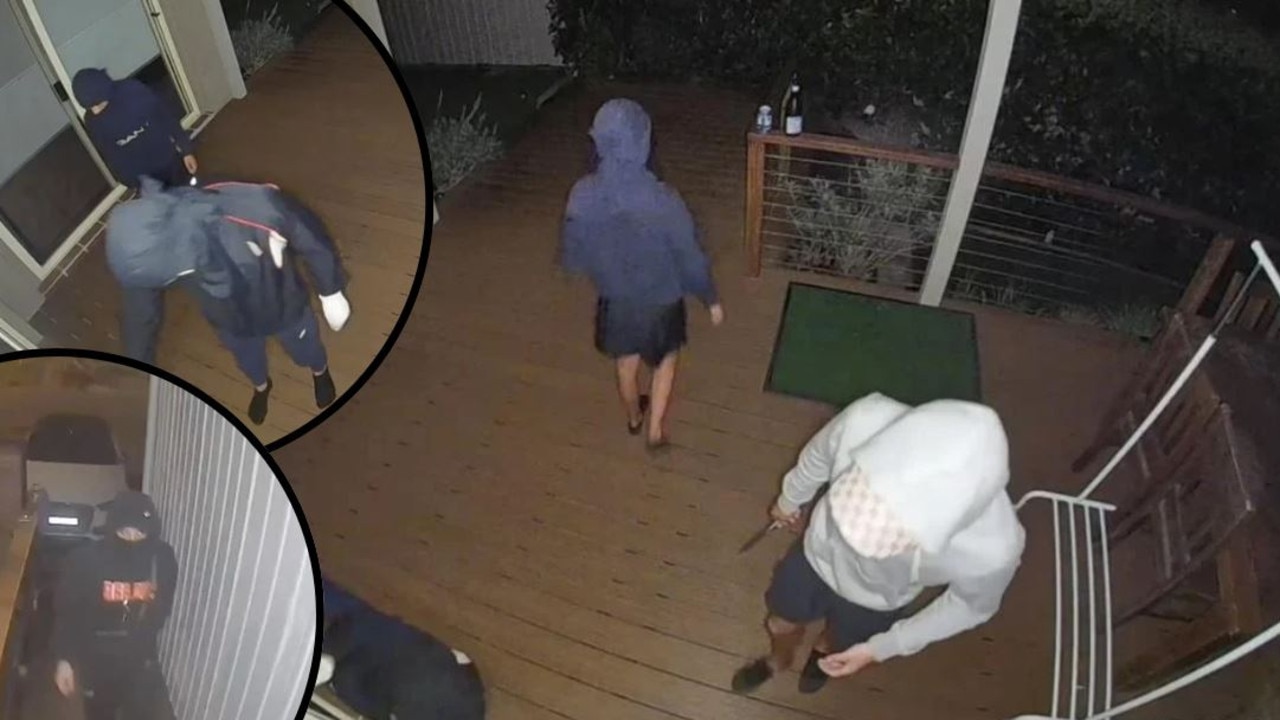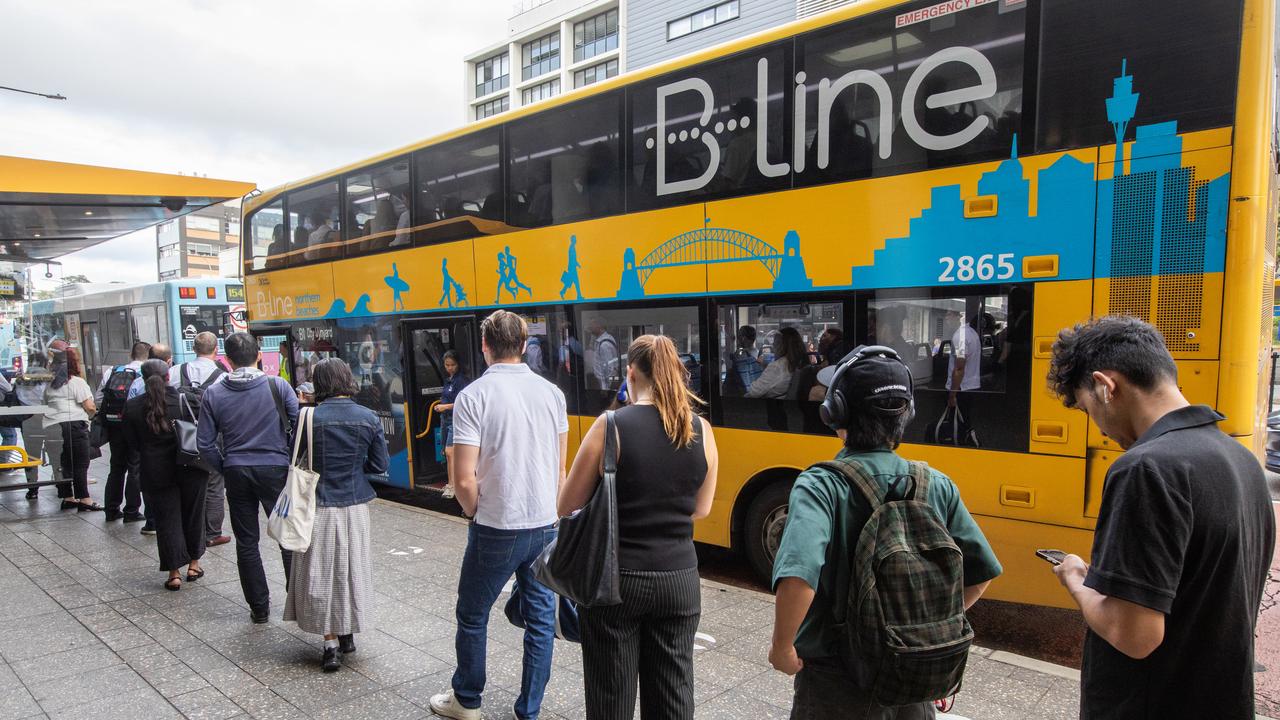NSW will halve its carbon emissions by 2030
An ambitious commitment to slash NSW carbon emissions in half by 2030 has drawn criticism from pro-coal Labor MP Joel Fitzgibbon, who has told the state to “stick to their knitting”.

NSW
Don't miss out on the headlines from NSW. Followed categories will be added to My News.
An ambitious commitment to slash NSW carbon emissions in half by 2030 has drawn criticism from pro-coal Labor MP Joel Fitzgibbon, who has told the state to “stick to their knitting”.
The retiring federal MP immediately condemned the ambitious target, arguing there was no role for a state to play in reducing emissions.
“This is a matter of business and markets,” Mr Fitzgibbon said.
“Obviously the Commonwealth Government has a role to play guiding the market, but (not) the state governments.”
The target announced by the state government on Wednesday has the backing of both the Liberals and Nationals, and has been heralded as a blueprint for how their federal Coalition counterparts could find consensus on climate goals.
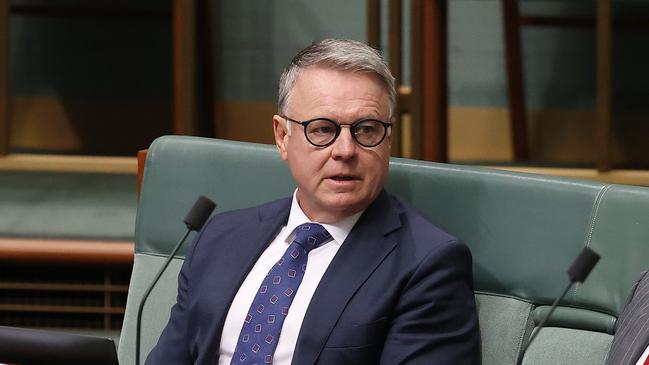
Federal Finance Minister Simon Birmingham welcomed the commitment, saying lowering emissions would not be achieved by “any single entity or any single industry area”.
Farmers have called on the NSW government to guarantee protection of agriculture land as business groups want more detail on the state’s plan to slash emissions in half by 2030.
NSW Farmers vice president Xavier Martin said moves to increase private sector investment and lower power prices were “welcomed,” but the protection of prime agriculture land had be a “fundamental part of the plan”.
“We are not against development, we are simply asking for the right development in the right place,” he said.
Business NSW chief executive Daniel Hunter said it would be a “significant achievement” if the plan delivers on a promise to lower energy bills, but “detail is still to be decided”.
“It is vital that these policies create incentives to reduce emissions without deterring productive business activity, Mr Hunter said.
JOBS SAVED, BILLS CUT AS CARBON FOOTPRINT HALVED BY 2030
NSW has hit the accelerator on its emissions reduction target vowing to halve the state’s carbon footprint in less than a decade and trigger a $37 billion investment windfall.
The ambitious commitment to slash carbon emissions by 47 to 52 per cent on 2005 levels by 2030 also assumes the continued “expansion” of coal mining in NSW, and guarantees lower power prices and increased energy reliability.
New projections will show NSW would have hit its original 2030 target of a 35 per cent reduction almost automatically due to faster than expected uptake of renewable energy and demand for low carbon technology.

In response the NSW government will on Wednesday step up its interim target, paving the way for the state to reach net zero emissions by 2050. NSW Environment Minister Matt Kean told The Daily Telegraph the projections showed the state could “do its bit” to reduce emissions “without damaging our traditional manufacturing and mining sector”.
“Our emissions reduction target assumes continued expansion of coal mining in NSW, they assume continued growth in the agricultural sector and a huge reduction in electricity prices,” he said.
“It’s not one or the other, we’re doing both.”
Premier Gladys Berejiklian said the new goal of halving emissions by 2030 would give investors “certainty” to spend big in NSW.
“Our net zero plan is expected to attract more than $37 billion in private sector investment into NSW,” she said.
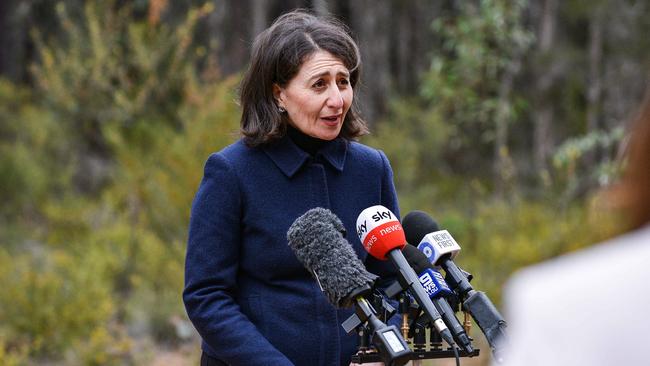
Ms Berejiklian said it would create about 9000 jobs and save the average household $130 a year on their electricity bills. “(The plan will) help NSW become Australia’s first trillion-dollar state by 2030,” she said.
Mr Kean also moved to allay fears the transition would leave NSW vulnerable to dispatchable power shortages and blackouts.
“Legally we are required to have enough dispatchable power in the system to meet demand on a once in ten year heatwave day, plus two of our biggest energy units at any one time,“ Mr Kean said.
“Our forecasts for short term show there is enough electricity in the system to meet that.” Mr Kean said there was a “shortfall” projected in the medium term, but this would be filled when the Tallawarra B gas plant, and federal government’s Kurri Kurri gas project were built.
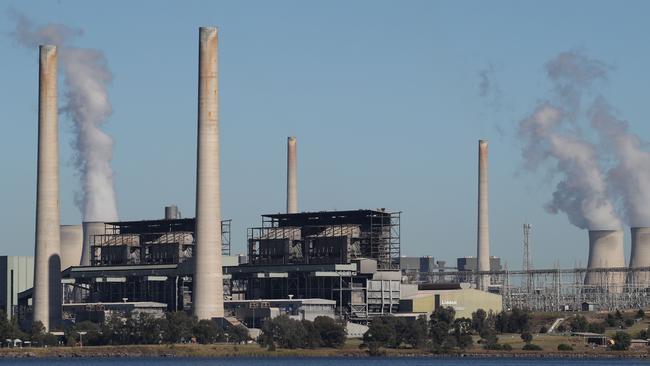
“That’s 1000MW of new capacity that will completely ensure there’s enough dispatchable power to replace Liddell (coal fired power station),” he said.
“And in 2025-26 we will have another 2000MW from Snowy 2.0. So we are replacing more dispatchable power in the medium term than we are losing.”
Mr Kean said the strong targets would attract international capital investment in the state.
“Palladium, Black Rock and other big pension funds are looking to invest in assets that will not only pay a dividend but hold their value.
“That’s lower borrowing costs for mum’s and dad’s getting mortgages and NSW businesses, because we’ve got policies in place to attract capital at the lowest rate.”
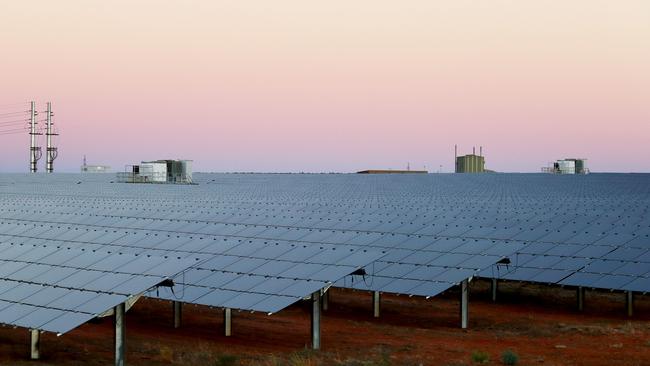
Deputy Premier John Barilaro said regional communities would also experience benefits.
“Whether it is in modern manufacturing, minerals or agriculture, regional NSW is home to the skills, infrastructure and resources needed as the demand for low emissions technologies like batteries and hydrogen grows,” he said.
The move comes amid speculation the Morrison government is close to announcing Australia will aim for net zero emissions by 2050.




